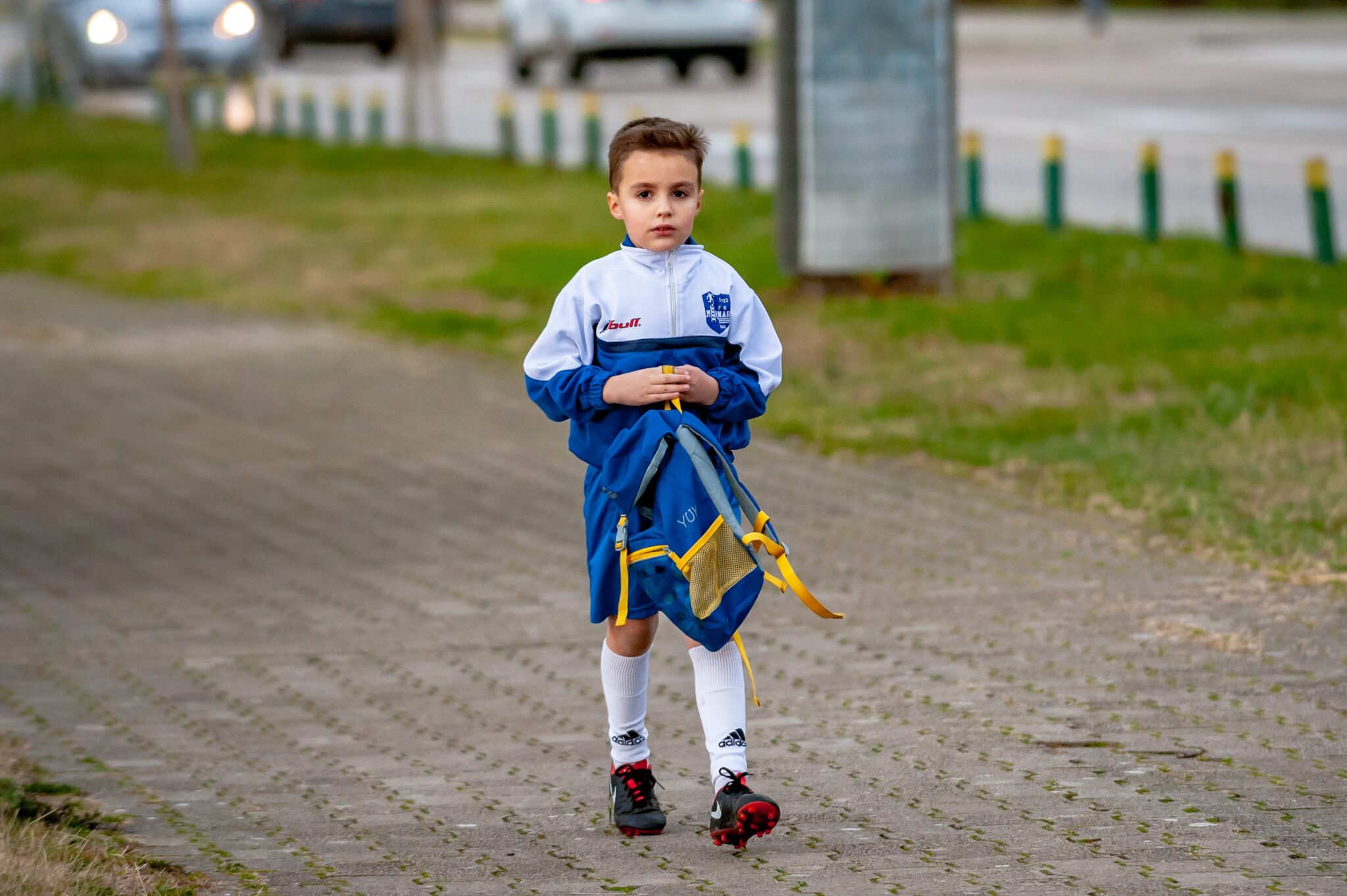How to Prevent Young Athletes From Being Bullied
Grassroots sports are where children develop essential life skills such as teamwork, discipline, and resilience. Unfortunately, even within sporting environments, bullying can occur as often as it might in schools for example. This not only affects a child’s performance but can also have lasting implications for their mental and emotional well-being.
Bullying in Sport: The Stats
According to recent stats provided by Anti-Bullying Alliance UK , 1 in 4 children reported they were bullied a lot or always. This whopping 25% figure highlights the urgency of implementing effective strategies to combat bullying within sports clubs, and in schools.
How to Recognise Bullying in your Sport
Bullying takes various forms, ranging from verbal abuse and exclusion to physical intimidation.
- Physical bullying: Punching, Kicking, Pushing, or more subtly by singling out people during a game trying to injure them.
- Verbal bullying: Name-calling, mocking, insults, threats.
- Social bullying: Excluding others from a group, spreading rumours, ignoring people to hurt their feelings.
- Online bulling: Using online platforms such as social media to carry out other types of bulling (Insults etc).
- Racial bullying: Treating others differently because of their background. Telling racist jokes, for example.
- Religious bullying: Similar to above. Treating others differently because of their religion.
- Sexual bullying: Leaving someone out because of their chosen gender, making sexist jokes or comments.
- Disability bullying: Leaving someone out or treating them differently because of a disability.

The Impact Bullying can have on Mental Health
Repercussions extend far beyond the pitch, affecting a child’s mental health. Research indicates that children who experience bullying in sports are more likely to suffer from anxiety, depression, and low self-esteem growing up.
Recognising the Signs
Parents, coaches, and educators play a crucial role in creating a safe environment for young athletes. Recognising the subtle cues early on is pivotal in preventing long-term harm. In the section below, we will uncover some strategies to prevent bullying within your sport.
Strategies for Prevention
Prevention is key to eradicating bullying in youth sports. This section will explore evidence-based strategies for fostering a positive and inclusive sporting environment.
Implement Comprehensive Anti-Bullying Policies:
- Develop and enforce clear anti-bullying policies within sports organisations.
- Ensure that policies address various forms of bullying, including verbal, physical, and cyberbullying.
Educate Coaches, Parents, and Athletes:
- Provide training sessions on recognising and preventing bullying for coaches, parents, and athletes.
- Emphasise the importance of fostering a positive and inclusive team culture.
Promote Sportsmanship and Respect:
- Encourage good sportsmanship through positive reinforcement and role-models.
- Emphasise the value of respect for teammates, opponents, coaches, and officials.
Create Safe Reporting Channels:
- Ensure that individuals feel safe and supported when reporting incidents by hearing them out, and giving them a platform or a place to speak anonymously.
Address Bullying Incidents Promptly:
- Take all reports of bullying seriously and investigate incidents promptly.
- Implement appropriate consequences for individuals found guilty of bullying.
Foster Inclusive Team Building:
- Organise team-building activities that promote camaraderie, understanding, and inclusivity.
- Discourage cliques and encourage interactions among all team members.
Involve Parents in Prevention Efforts:
- Engage parents in discussions about anti-bullying initiatives.
- Encourage open communication between parents, coaches, and administrators to address concerns.
Regularly Assess and Update your Policies:
- Periodically review and update anti-bullying policies to address emerging challenges.
- Seek feedback from athletes, parents, and coaches to improve prevention strategies.
Collaborate with Schools and Communities:
- Work closely with schools to align anti-bullying efforts in both academic and sports settings.
- Engage with the local community to create a supportive network for young athletes.
Celebrate Diversity and Individual Achievements:
- Emphasise the strength derived from diversity within the team.
- Celebrate individual achievements to boost self-esteem and discourage jealousy or resentment.

The Role of Education
Education is a powerful tool in the fight against bullying. It’s important as Coaches, Parents, and even as older players, to help safeguard and protect children in grassroot sports and beyond.
Safeguarding in Sport – Accelerate Sport eLearning course
Created by Accelerate Sport, the Safeguarding in Sport eLearning course is designed to share education around safeguarding, how you can stay safe, and of course, keep your participants safe.
By taking this course, you will:
- Understand the importance of safeguarding and its key principles.
- Take a look at key legislation which impacts the children, young and vulnerable people.
- Explore examples of poor practice.
- Understand types of abuse.
- Understand DBS checks and what they entail.
- Determine key ways to keep your sport safe.
- Understand how to respond to concerns and take appropriate action.
- Understand the importance of following correct reporting procedures.
The course is available to purchase now. It is available as a single license, for personal use, or you can buy multiple licenses on behalf of your organisation.
For more information, click on the link below.
SAFEGUARDING IN SPORT ELEARNING COURSE
You can also hear from course author, Lindsey Chaplin, by watching the video below.
Accelerate Sport is created by eCoach UK – Leading providers of sports focused eLearning courses in the U.K.